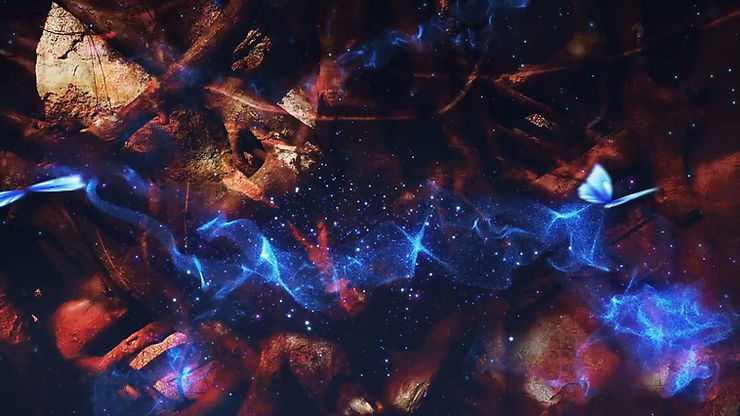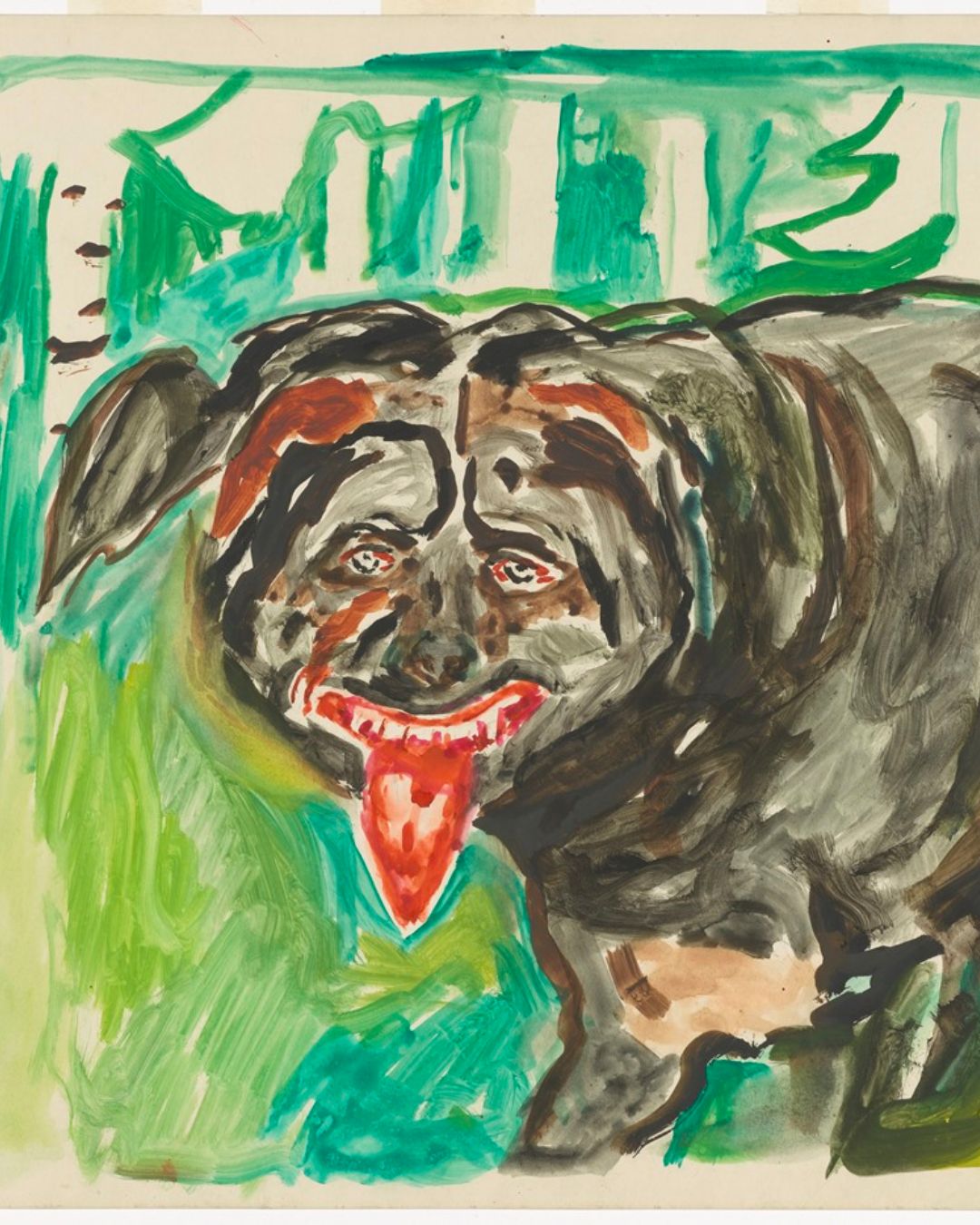Ad Astra. Per Aspera ad Astra.
In the words of the almighty Buzz Lightyear from the Toy Story franchise, “ad Infinitum et Ultra.”
To infinity and beyond.
What is this ‘beyond?’ Celestial objects that have traveled thousands of light-years to where we are? Gas-guzzling giants expanding, cosmogenic events happening, new stars exploding? What about beyond all things observable? Tonight, if under the rare occasion of a clear sky we observe the ever-expanding universe, what would we find beyond the lenses of powerful telescopes and beams of light?
It seems you’re not alone in asking these questions – for one, the 7th edition of the Mediations Biennale in Poland is endeavouring towards the same, but finding answers with art.
Now before we get bogged down with astronomical and philosophical questions (this being a place about the arts), there is one more astrophysical horizon we need to cross – event horizon. Works of art today are visual theses, and questions of interpretation and contexts often confound us with what can be ‘incomprehensible’ in the work. Yet just because it seems incomprehensible doesn’t make it an untruth; just because I don’t know about it doesn’t mean it doesn’t exist.
Event horizon – the theme of this year’s Mediations Biennale explores exactly that. Imagine we’re observing a black hole as a dot. There’s an invisible larger dot around the black hole that we can’t see, yet if light crosses this invisible boundary, it can never come back. That invisible space, that unfathomable point, is an event horizon.
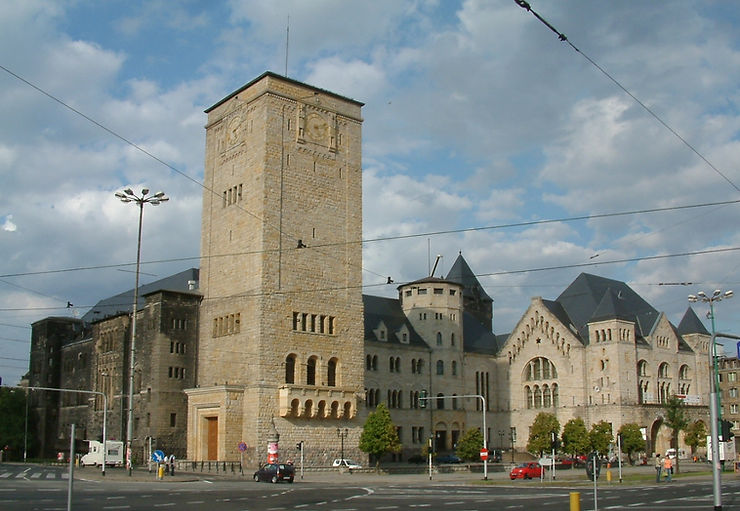
Artworks quite often provide new meanings when looked under different contexts – often different from what those meanings were when looked under the original light. Mediations Biennale brings to us this art that reaches beyond the event horizon – art that has an unfathomable presence but is also beyond contemporary lenses of looking. As Dr. Tomasz Wendland, the director of Mediations Biennale remarked, we want an art where “science and technology ‘understand’ a picture over time.”
This scientific event horizon is reminiscent of a legacy the Biennale has harkened to since its inception. Interdisciplinary work, new means of expression, these are all bywords for a biennale that is all about the latest in pushing conventional boundaries. To that end, we have The Sky Is The Limit – a curation of seven artists and their works, responding to the theme of the Biennale.
We had the pleasure of talking to Alnoor Mitha, the curator of this, and Michelle Poonawalla, one of the artists part of the Biennale, about the exhibition, what art means today, and where we’re heading with it.
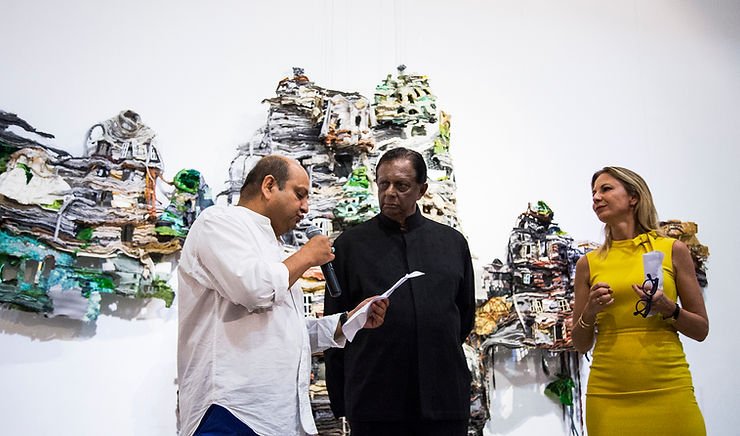
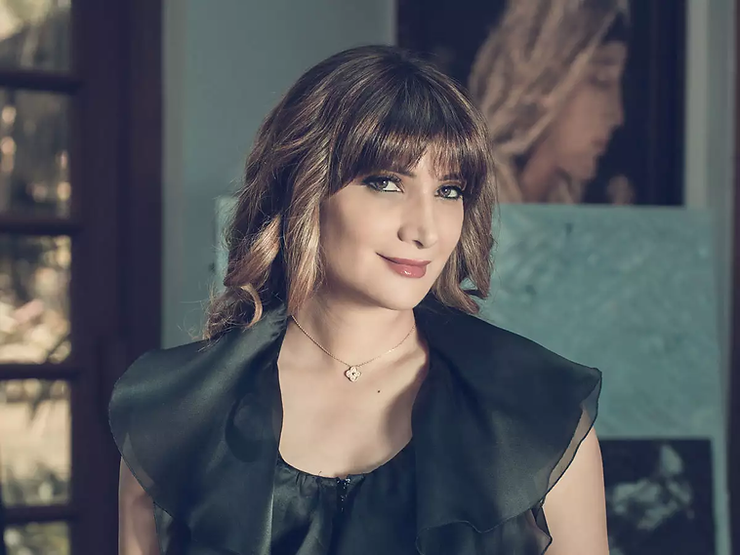
Alnoor’s work largely responds to what is another event horizon the Biennale explores, that of society, the free flow of information, and the pervasive nature of multimedia elements like AR/VR, AI, and video games. This infobahn is shaping the 21st century today, where scores of the young generation are finding their identities with the internet. Asked whether this was a particular niche he consciously liked to explore,
“All of my work throughout my career responds to societal issues– situations of identity, migration, so on and so forth. When I got invited to curate the biennale, it resonated with the same – the whole project is based on “horizon” – scientific research, civilization dialogues.”
“I wanted to work with artists whose works were informed with multimedia, new media, film, technology. All seven artists reflect the vision. Each significantly different yet there’s a commonality.”
This commonality found in the diversity of the artists and their works perfects a harmony resonating with the theme. Alnoor mentioned the works of the artists – for example, Rabia Ajaz’s work, which he had seen in Lahore. Detailed, short installation of paintings of roses and their decay – decaying life, through film. Similarly, Risham Syed’s postcard paintings about the urban landscape of Lahore, as opposed to the picturesque scenery one encounters.
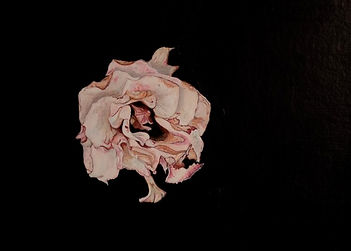
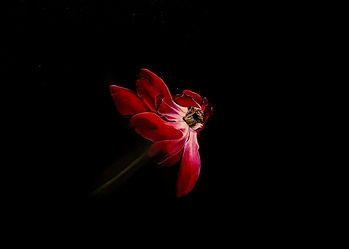
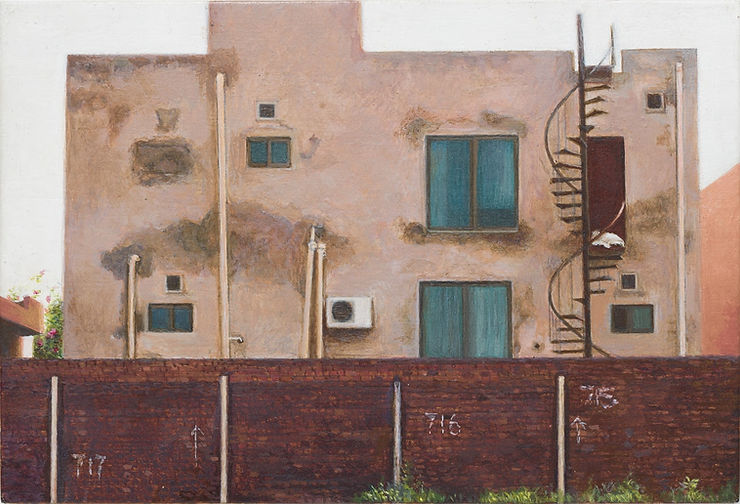
Talking about his curatorial vision,
“I have worked with Tomasz (the director of the Biennale) before, as a part of the Asia Triennale that I have founded and curated. It wasn’t a formal process. I was able to write the narrative and present it to Tomasz.” “Tomasz gave me three overviews within the Horizon, and the curatorial vision is both a metaphorical and a literal confrontation of the artists’ multi-layered creativity. It complements the larger theme, when one thinks of the sky is the limit, there is no limit, plus there is a limit with the current times.”
As a part of The Sky Is The Limit, the focus has been on themes of conflict, compassion, identity, and memory. Alnoor explained how framing his theme was something that was to come ‘naturally’ – keeping in mind the artists and the larger theme. In practice, these artistic narratives extend the visual limits of the language of art, and their poetic and metaphorical content highlights the concept of the exhibition.
These visual limits, it seemed, were being interestingly shattered by the artists. In addition to the artists mentioned above, we have Qasim Riza Shaheen, Payal Kapadia (working through documentary and films); Aroosa Rana, with ‘View Within’ that deals with questions of authenticity and originality through virtual reality; and Taz Bshir, who Alnoor also worked with in Colombo.
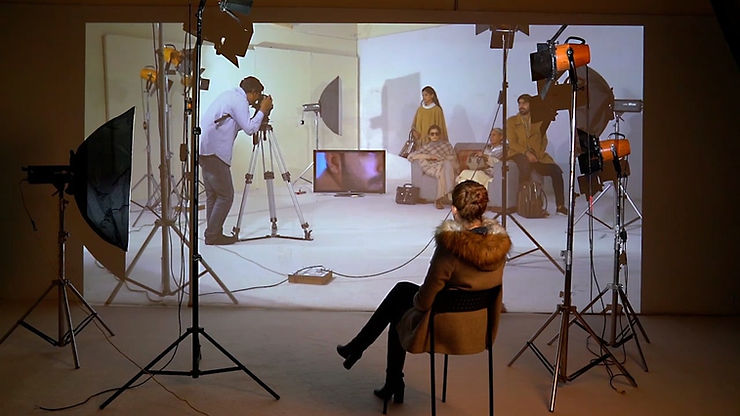
We came across Michelle Poonawalla’s work ‘Circle of Life,’ a myriad of visuals like flowers, deserts, oceans wherein her work invited the viewers to challenge their conceptions and memories. In her own words,
“With ‘Circle of Life’ I was trying to encourage the viewer to identify their memories and address how the elements in the film and real life affect and challenge these memories. Whilst many of my recent works have addressed current issues and struggles – global warming, conflict, scarce water resources – reflection and introspection have also been strong tenets throughout my work. My videos often end with a calmer point creating a moment of catharsis encouraging the viewer to reflect on these issues. With ‘Circle of Life’ I’m asking the viewer to reflect on their own challenges and struggles through life, and to think about what we are leaving behind for our future generations.”
Alnoor also joined in, talking about how he perceives her work and what it provides us with.
“I think what Michelle is doing in basic terms is she’s painting through film. It’s a very painterly film. Especially for children – the bark, the ocean, the leaves, all of it is mixed together in such a challenging situation. The transformation from blood to floor, everything is knotted in terms of the roots. Everything can be in the painterly experience and also quite a beautiful way to see things, about life, death, and growth, and the circle continues. The film takes you through the circle, the livelihood of humanity of itself.”
A recurring motif of a butterfly is seen in Michelle’s works – butterfly denoting metamorphoses, change. The butterfly also seemed to be a comment on our present surroundings and for Alnoor, art is our butterfly.
“Art particularly now, art is crucial, it is a transformative experience, art is the past, present, and future. Art questions political situations, in non-problematic situations or otherwise. Artists illuminate the mindsets of the viewer through the deep methodologies of their beliefs for the viewer. You don’t need to be an artist to experience this. It’s about believing. If you look at Anish Kapoor’s work, Rothko’s work ..it’s about belief – notion of belief. Film, video multimedia – whether you like it or not the viewer is pushed to respond. It’s an act.”
Of course, that’s not to say the flight of this butterfly remained unhindered. The present pandemic largely resulted in social distancing norms, which meant that Alnoor’s work (sadly, he remarks) had to be done online. Yet there still arose a silver lining. In his own words,
“Because we are limited to curating physically, we are not able to see it live. In some ways it’s good, but on the other hand, the works get seen by thousands of more people. The positive thing about the pandemic is that accessibility has evolved. Who had heard of zoom before, doing things in a completely different way because of technology.”
As we neared the final moments of our conversation, an important event horizon emerged, the third horizon that the Biennale is all about – mediations. The idea behind the Biennale, with all its new means of expression, rests on the dialogue between different cultures of the world. Alnoor’s work over the past two decades has worked with South Asian artists. Commenting on the presence of Asian art and artists in a largely eurocentric art world,
“Europe had its share of being the forerunner of holding up these issues. As we move forward, we try and define new meanings through provocations and challenging the mind. Something I value so much being a curator. Change the mindsets.”
The 7th Mediations Biennale runs from the 1st of October to 30th December 2020.


